Mexico City: Five Fabulous Sites to Visit
The thought of visiting Mexico City can be overwhelming. After all, it is one of the largest cities in the world. It is also a vibrant blend of history, culture, and modern life, offers an endless array of attractions that cater to every traveler.
From the heart of the city at the Zócalo to the colorful canals of Xochimilco, each stop tells a unique story. Whether you're wandering through an intriguing National Archeological Museum , exploring royal history at Chapultepec Castle, or immersing yourself in the art and legacy of Frida Kahlo in Cayoacan, these five must-visit locations will give you a deeper appreciation of the city's rich heritage and dynamic spirit.
Site #1 - Plaza de la Costitucion or Zocalo
The Plaza de la Constitución, better known as the Zócalo, is the heart of Mexico City and one of the largest public squares in the world. Surrounded by historic buildings like the National Palace and the Metropolitan Cathedral, this lively square is where the city’s past and present come together. It's a perfect spot to soak in the energy of Mexico City, whether you're people-watching, attending a cultural event, or simply enjoying the vibrant atmosphere
At one end of the Zócalo stands the National Palace, a stunning example of colonial architecture and the seat of Mexico's federal government.
It's also home to Diego Rivera's famous murals, which tell the story of Mexico's rich history. Diego Rivera is one of Mexico’s most famous artists with a very colorful history himself. He was famously married to another important artist, Frida Kahlo. Linking the two artists lives and work through these stops is a fun way to connect some Mexican art history. The famous mural below took Rivera 6 years to complete.
On the opposite side, the Metropolitan Cathedral towers over the square, a magnificent blend of baroque and colonial styles. This cathedral took just under 250 years to build, finally completing in 1813, which is the reason for several architectural styles throughout.
The inside is very beautiful as well. It is massive inside, as the largest cathedral in Latin America.
The Zocalo Highlights Centuries of History
One more site not to miss in the Zocalo is the Templo Mayor. Templo Mayor is the ancient heart of the Aztec capital, Tenochtitlán dating back to the 14th century. Once a grand pyramid dedicated to the gods Huitzilopochtli and Tlaloc, it was at the center of the city's religious and political life, prior to the Spanish destroying the city in the 1500’s. Excavation of the site started in the 19th century and goes on today.
Today, the ruins are an archaeological marvel, offering a glimpse into the Aztec civilization right in the middle of one of the busiest cities in the world. The Templo Mayor Museum showcases fascinating artifacts unearthed from the site, all from Mexico's indigenous heritage.
This is just one stop, in the historical center of Mexico City but you could spend days exploring all the history and sites around the Zocalo.
Site #2 - Chapultepec : The Castle
If you visit one site, we would recommend Chapultepec (the “grasshopper”) Castle. Sitting high on a hill, right in the center of Mexico City, stands a 15th-century castle that once served as the residence of Aztec emperors and later as the official residence of Mexican presidents.
The hill in which Chapultepec Castle sits is within the lovely Chapultepec Park. Once you pay your small entry fee, it’s a hike up the hill to the castle. If you are not able to walk there is an elevator to use. The gardens along the walk are just lovely and the trees offer some nice shade.
The views of Mexico City become stunning as you walk higher on the hill. This is looking back at the “Reforma” area of Mexico City, a part of the city with beautiful hotels and great restaurants.
A Deep Look Into Mexican History
The castle is divided into two sections; the first The National History Museum taking the visitor through generations of Mexican history. The second part of the castle, the “Alcazar,” are the actual living quarters, giving you a glimpse of what it might have been like to live here.
When entering the history museum you are immediately struck by the murals. Below, depicts one of the boy heroes that fought against the Americans defending the castle in 1847. He has the Mexican flag in his hand. There are 15 rooms in total that take you from pre-conquest in 1521 right up to the 19th century. You could spend all day just in the museum
Below features a portrait of Carlos de Sigüenza y Góngora (1645–1700) a true Renaissance man of colonial Mexico. A scientist, mathematician, and writer, he made a big impact on the intellectual scene in New Spain. Sigüenza y Góngora is known for his work in astronomy, where he studied the stars and celestial bodies, and for his contributions to history and philosophy. He is credited with having a large influence on Mexican culture and thought.
As I said, you could spend all day here but there was much more to see.
The museum spills out to the gardens perched on top of the hill. It’s worth a walk around or a seat for a while before tackling the rest of the castle known as the “Rooms of the Alcazar.”
The Chapultepec Castle, as it largely appears today, was originally built in the late 1700s as a residence for the Spanish viceroys, serving as a summer home. Over the next century, the castle passed through various owners and inhabitants. During the Mexican War of Independence, the castle was largely abandoned, and in the 19th century, it became a military academy.
In 1843, the Mexican government officially took ownership of the castle, and it was used as a residence for Emperor Maximilian I and Empress Carlota during the brief reign of the Second Mexican Empire. After the fall of the empire, it continued to be used for military purposes before eventually being converted into a museum in the 20th century.
The castle rooms are very interesting, held in time from over a century ago.
The observation tower and gardens were built in the late 18th century. The observatory was one of the first of its kind in Latin America, and it played a crucial role in the development of astronomical studies. Today it is surrounded by more gorgeous gardens high above the city. They hold events in the part of the Alcazar, which would be beautiful to attend.
The Leaded Gallery is one of the most striking rooms in the castle. A Parisian artist was commissioned in the early 1900’s to created this leaded glass gallery make up of five goddesses of mythology. It would have been fun to be invited to an event in this room!
Once the Mexican government acquired the building there was a desire to build Mexico’s version of Champs-Elysees with a wide, straight street jetted off from the castle. Today, there are high end hotels, restaurants and beautiful monuments along the what was originally called, Paseo de la Emperatriz ("Promenade of the Empress"), now called the Paseo de la Reforma.
After hiking down the hill from the castle there are so many other lovely things to see in Chapultepec Park. Tip: Check their website as the castle and park are closed on Monday’s and other holidays: Chapultepec Castle
Be sure to make a stop at this beautiful site of a storied Castle and city park.
Site #3 - Museo Nacional de Antropología (The Archeological Museum)
One of the gems of Mexico City is the Archeological Museum. Founded in 1964 it has a wealth of history of all of Latin America, and the indigenous people that here lived for thousands of years spread out over 23 large halls. It is the largest and most visited museum in Mexico.
The museum sits in the Bosque de Chapultepec, the largest park in the city. It is almost 1,700 acres which is almost double the size of Central Park in New York City.
A Vast Collection Started with a Sunstone
The Stone of the Sun, or Aztec Calendar Stone, is a famous artifact of Aztec culture. It is a large basalt sculpture, about 3.6 meters wide and weighing around 25 tons. The stone features detailed carvings and symbols that depict the Aztec view of time, the universe, and its cycles. It was made in the late 15th century during Montezuma II's rule, likely around 1479, and was originally located in Tenochtitlán, now Mexico City. In 1790, the stone was found at the Metropolitan Cathedral during renovations, marking the start of a unique collection of Aztec history.
Like the Stone of the Sun, the Cōātlīcue statue, discovered in 1790 during excavation work in Mexico City near the main square, is a monumental representation of the Aztec goddess of earth, fertility, and the moon. The statue, made of basalt and measuring about 2.7 meters in diameter and 1.8 meters in height, depicts Cōātlīcue with a serpent skirt, symbolizing her connection to both creation and destruction. She is the mother of the sun god Huitzilopochtli, and the statue's fierce expression and intricate details reflect her powerful role in Aztec mythology. It is even more impressive to see in person.
A broader view of the gallery of the large Mexica (1200-1521) wing of the museum.
Montezuma II ruled the Aztec empire in the early 16th century. As with much of the Aztec history there differing points of view if he was a true tyrant or one of the greatest leaders of this time in Mexico. The headdress is a replica. Can you imagine wearing something so massive on your head while on the battlefield?
There is so much to see in the National Museum of Anthropology in Mexico City. This is just a small sampling of a very interesting and well curated museum focused on the long history of Mexico.
Site #4 - Xochimilco
Xochimilco is one of the most historic areas of Mexico City, dating back to pre-Columbian times. The canals were originally built by the Aztecs in the 14th century as a way to connect their city, Tenochtitlán (modern-day Mexico City), with the surrounding lakes and farming areas. The area was an essential part of their agricultural system, where they grew crops using a technique called chinampas—man-made islands built up on the water to create fertile land.
There are two ways to see Xochimilco, early in the day when the wildlife is abundant, the waters are calm and the area is coming to life, or, on the weekends or late at night when all 1,400 boats are out and it’s a real party. That’s why we recommend Xochimilco, there is something for everyone who visits.
The name Xochimilco means “where the plants grow”. Many of the flowers in all of the city come from Xochimilco.
The wildlife, especially the birds, are abundant. I would imagine they are a bit more scarce once the parties start along the river later in the day.
As a part of our private tour our guide provided delicious snacks on the boat. We really liked Stepping Mexico Tours for all the little touches like this.
Many Canals in Xochilmilco to Float Through
The area features 11 docks with over 1,400 colorful trajineras (traditional boats) ready to transport locals and visitors through the canals. Constructed from lightweight pino wood, these boats have a short lifespan and often require replacement or refurbishment within a year. The boat-building process, an art passed down through generations in Xochimilco, showcases artisans crafting uniquely decorated boats.
After the Spanish conquest, the area continued to be an agricultural hub but gradually became more connected to the growing city. Today, Xochimilco is one of the last remnants of Mexico City's ancient water system, and its 120 miles of canals and floating gardens are a UNESCO World Heritage site.
The Island of the Dolls (Isla de las Muñecas) is one of Xochimilco's most eerie and intriguing spots. Located on a small, secluded island in the canals, it’s filled with hundreds of decaying dolls hanging from trees and scattered throughout the area. The dolls were placed by a man named Julián Santana, who, according to legend, did so to appease the spirit of a young girl who drowned nearby. Over the years, the dolls have become a strange yet fascinating attraction for visitors, contributing to the island’s haunting, otherworldly reputation. Note: below is not the original Isla de las Muencas but one of the many duplicates made for curious tourists.
We highly recommend you find the time, while in Mexico, to visit the colorful area of Xochimilco. It’s a great deal of fun, day or night as a unique Mexican cultural experience!
Site #5 - Coyoacán and the Frida Kahlo Museum
Coyoacán, one of the 16 districts of Mexico City, is located almost at the exact center of the sprawling metropolis. It is rich in history, with its origins dating back to 1519, when it was established as a settlement for the Spanish conquerors. For a time, it even served as the capital of the region before Mexico City itself grew into the sprawling urban center it is today.
Despite being part of one of the largest cities in the world, Coyoacán retains a charming, almost village-like feel, with cobblestone streets, vibrant markets, and picturesque colonial-era buildings.
One notable stop in this historic district is the cultural center housed in a building once owned by Jesús Reyes, who purchased the property about 20 years ago. Today, the space is used to host various cultural events and exhibitions, contributing to Coyoacán's reputation as a hub for art and culture in Mexico City.
When in Coyoacán, a visit to the Frida Kahlo Museum is a must. Known as La Casa Azul (The Blue House), it is not just a museum showcasing her famous artworks. Rather, it is the home where Frida Kahlo lived for 47 years, and it provides an intimate glimpse into her life.
The museum offers a fascinating look at her personal history, her love for Mexican folk culture, and her unique relationship with Diego Rivera. Below is her studio where she painted while wheelchair bound, as she was much of her life.
In 1925, she was in a bus crash that left her with multiple injuries, including a broken spine, pelvis, ribs, and legs. The extent of her injuries caused her to endure numerous surgeries throughout her life. In addition, she contracted polio as a child, which weakened her right leg and contributed to her mobility issues.
You can wander through her bedrooms, study, and garden, all of which are preserved as they were during her time there, making it a deeply personal and poignant experience.
While this Casa Azul is not a museum filled with her work, there are a few select pieces that connect her personal life to the art she created. She did much of her work while lying in bed as her pain was so great.
The Broken Column (1944)
This painting, is one of Frida’s most iconic and emotionally intense works. In this self-portrait, she vividly portrays her physical and emotional suffering due to her injuries. The painting shows Friday with a steel column replacing her spine, symbolizing her brokenness, while the cracks in the column reflect her ongoing suffering.
It was deeply moving to see in person and really helps you understand how profound her work was and how great her contribution to the art world.
If you find yourself in Coyocan, a stop at Casa Azul to learn more about Frida is a must.
Coyoacán offers a blend of historical significance, vibrant culture, and artistic heritage, making it a fantastic place to explore while soaking in the heart of Mexico City's past and present.
We hope these 5 sites inspire your visit to Mexico City with it’s rich history and culture!
This Post Now Available In An App!
We hope this post has been helpful! Want to see more in an app to guide you through Mexico City? Check out the GPSmyCity app where this post is now featured! Available in the App Store and on Google Play. To download this article for offline reading or create a self-guided walking tour to visit the attractions highlighted in this article, go to Walking Tours and Articles in Mexico City! To find this post in GPSmyCity, click HERE









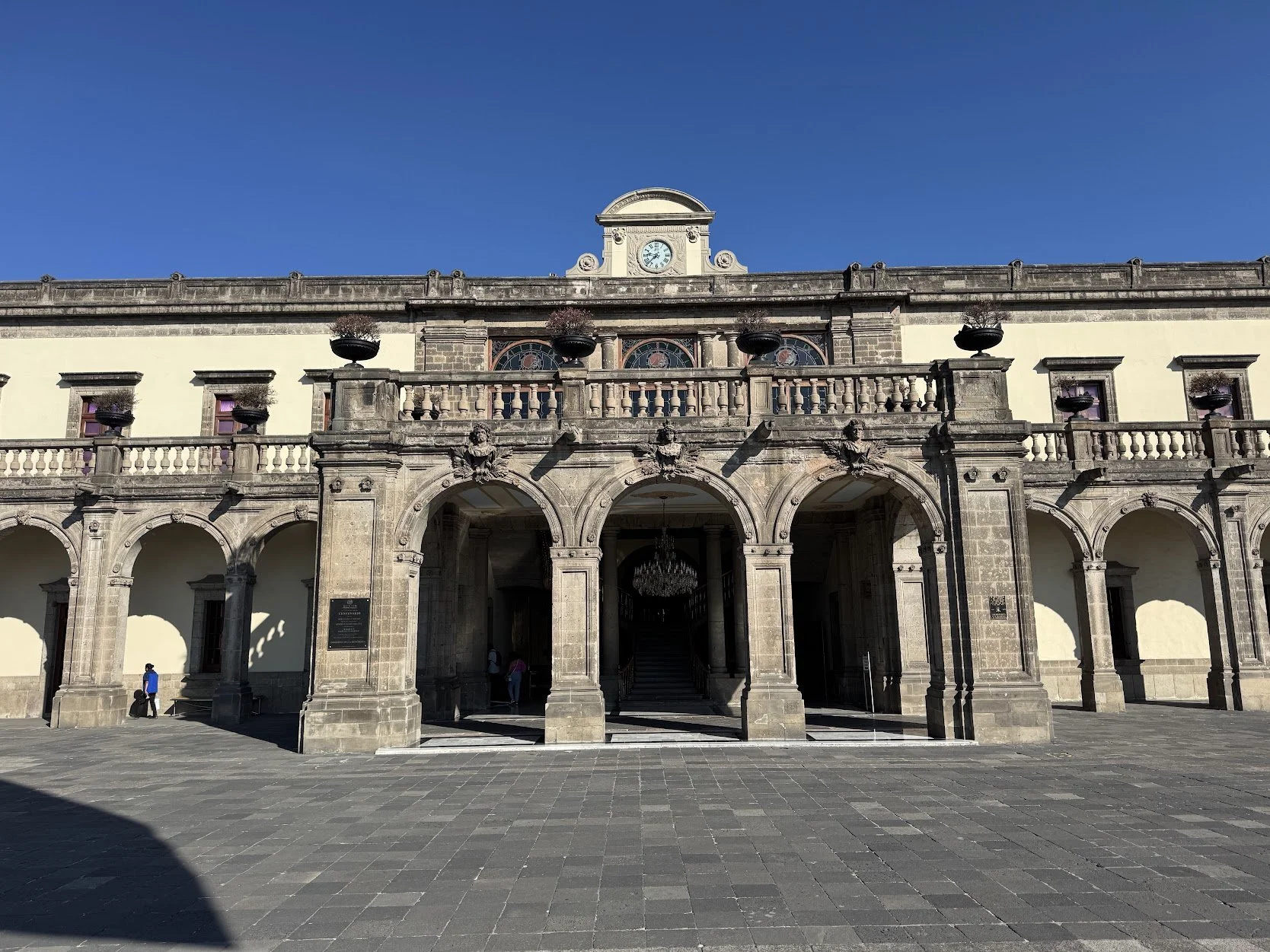
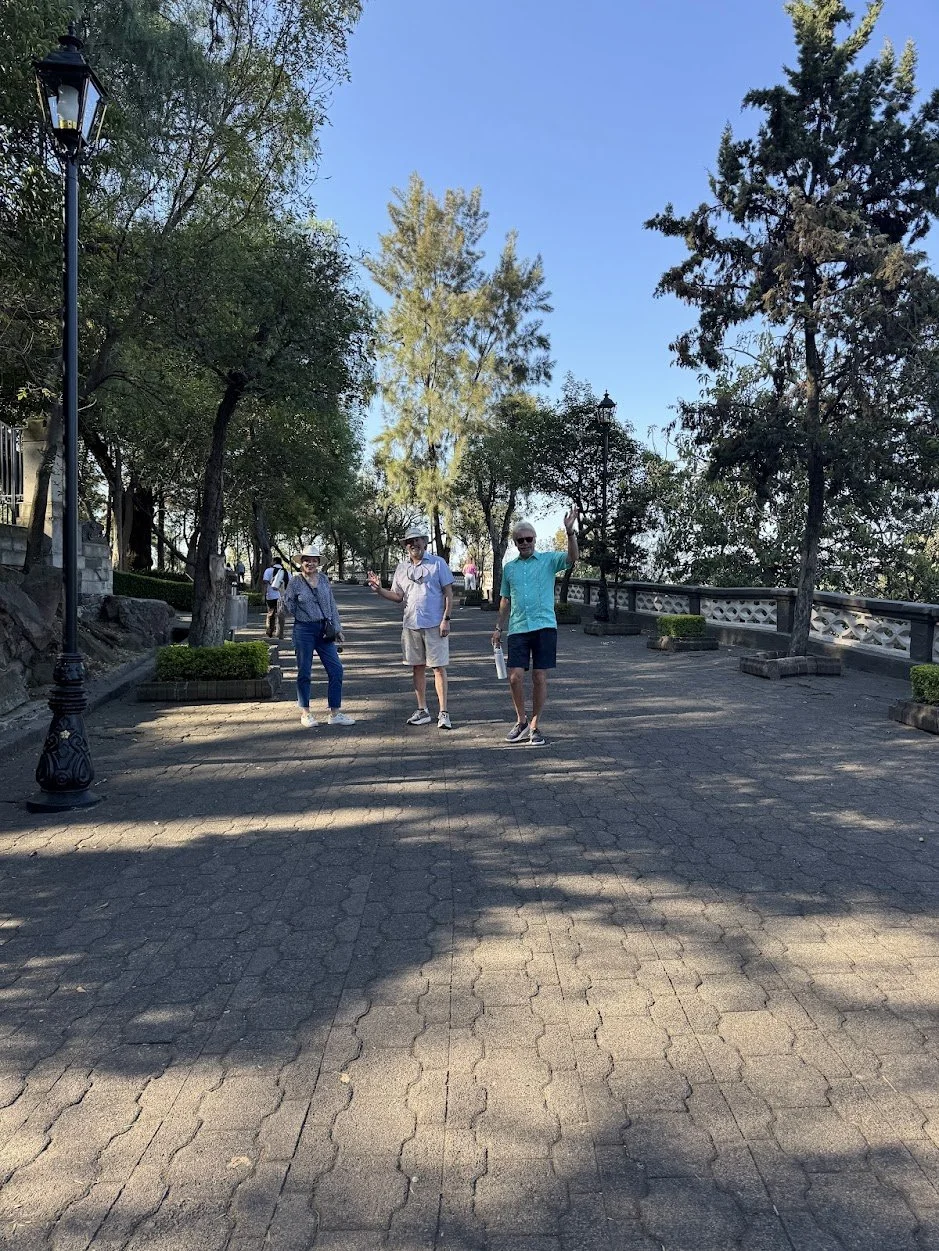
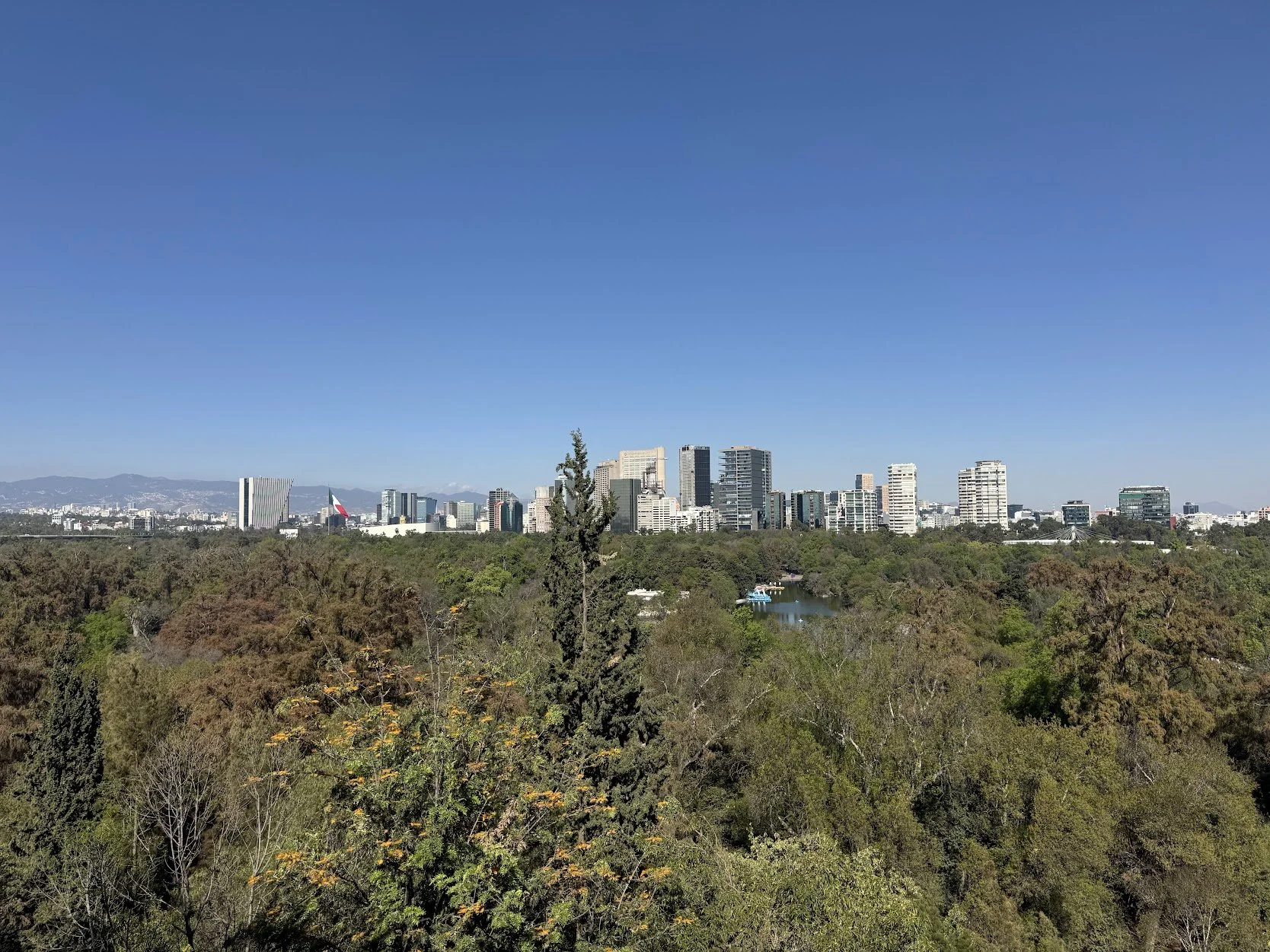
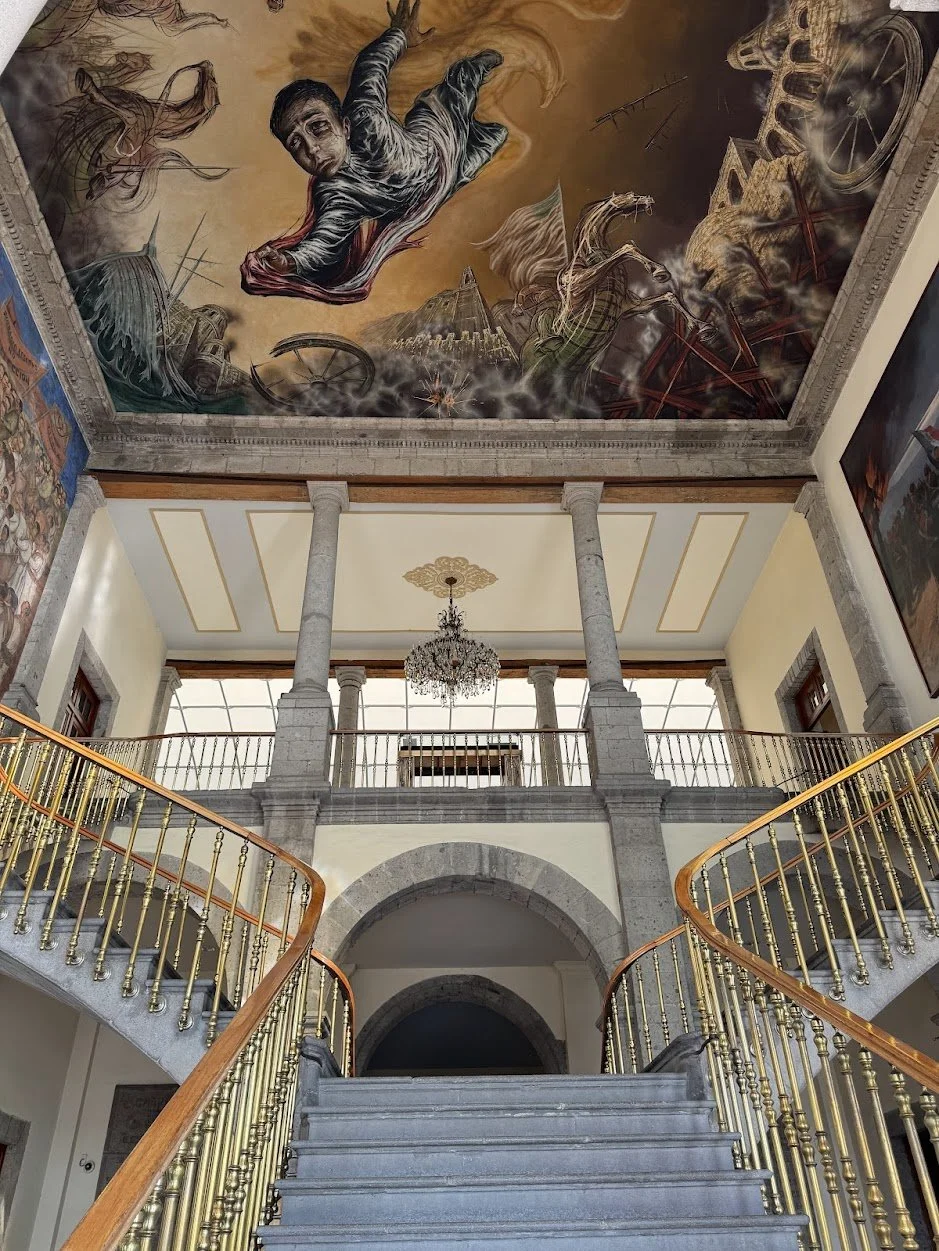
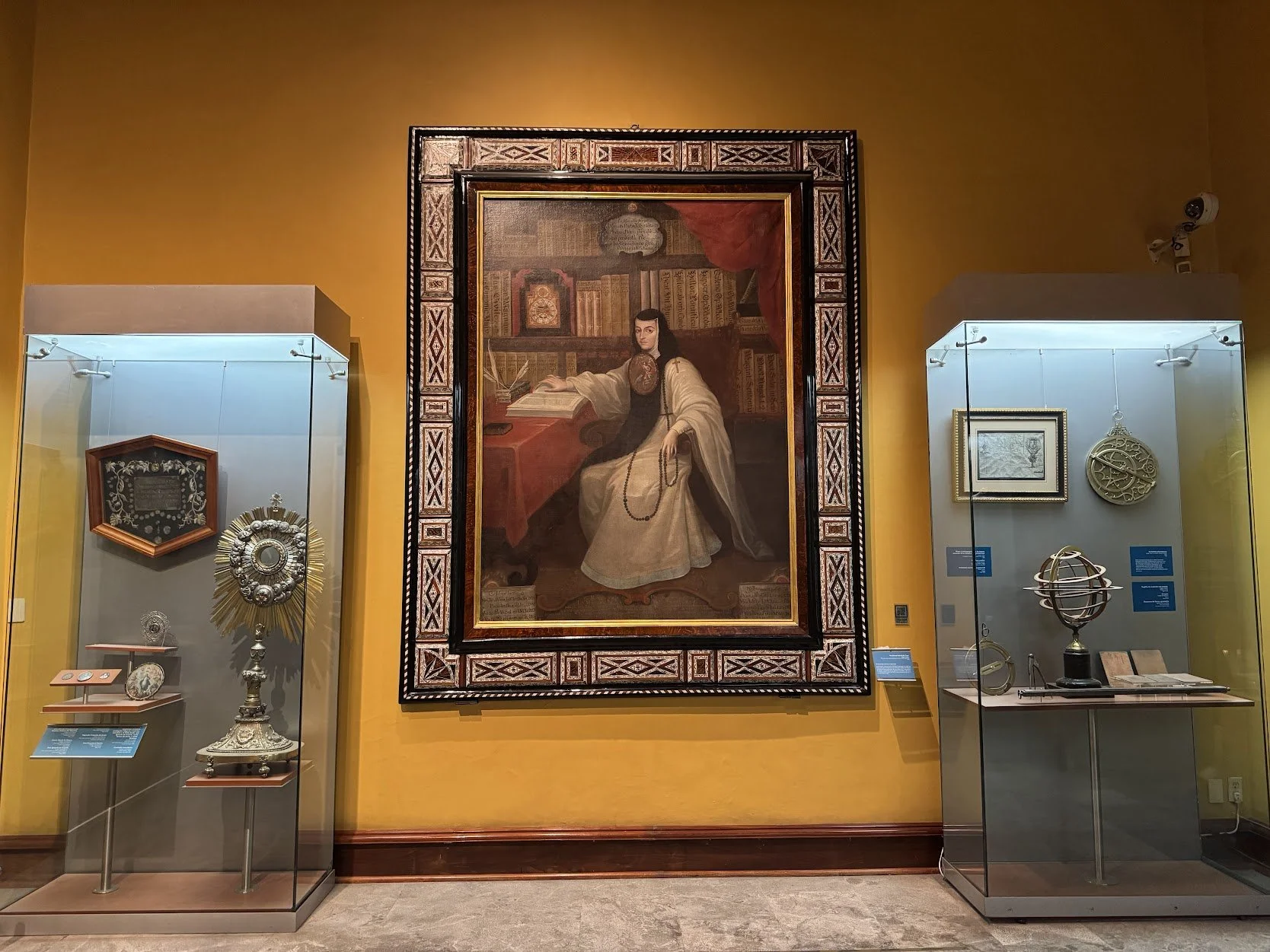





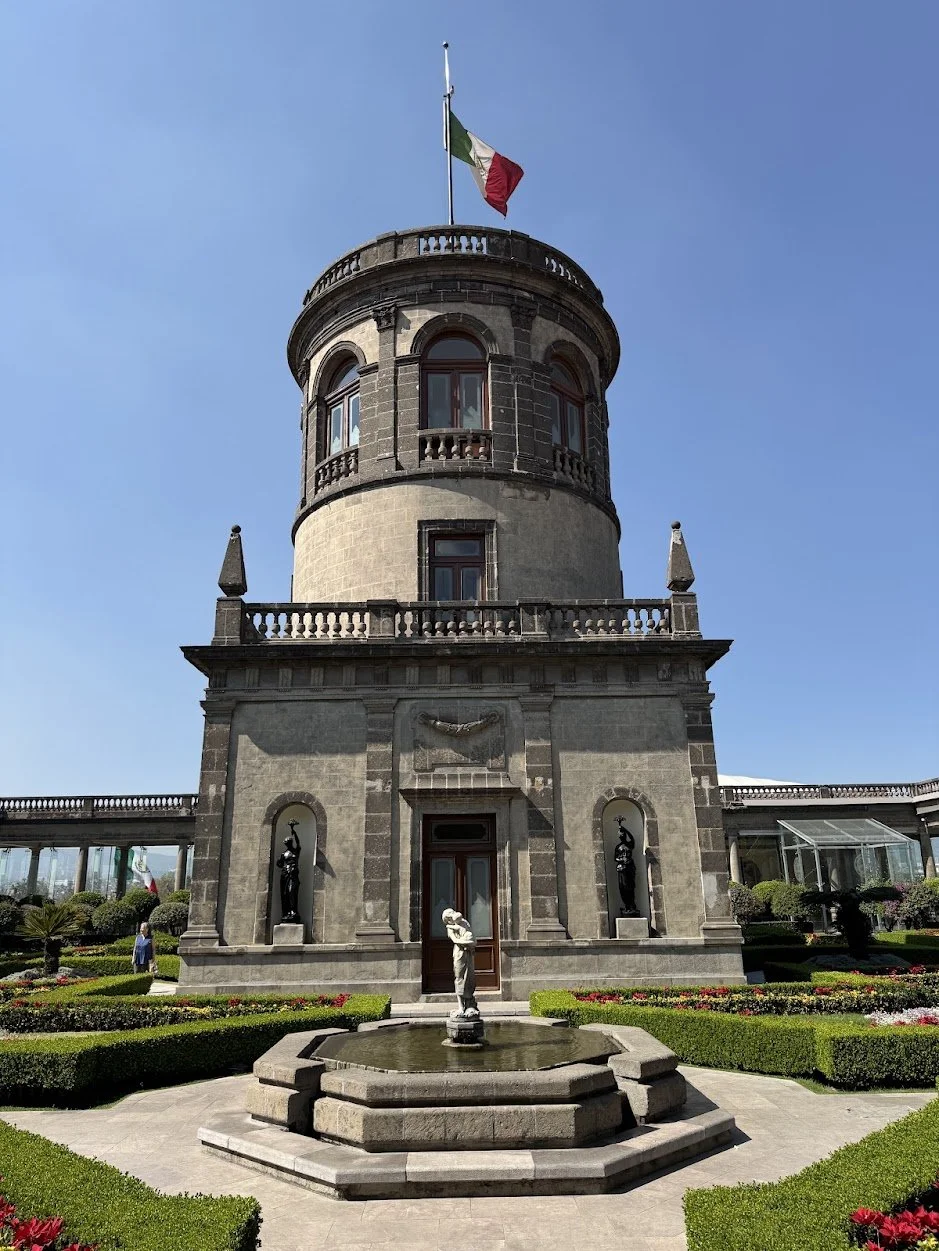

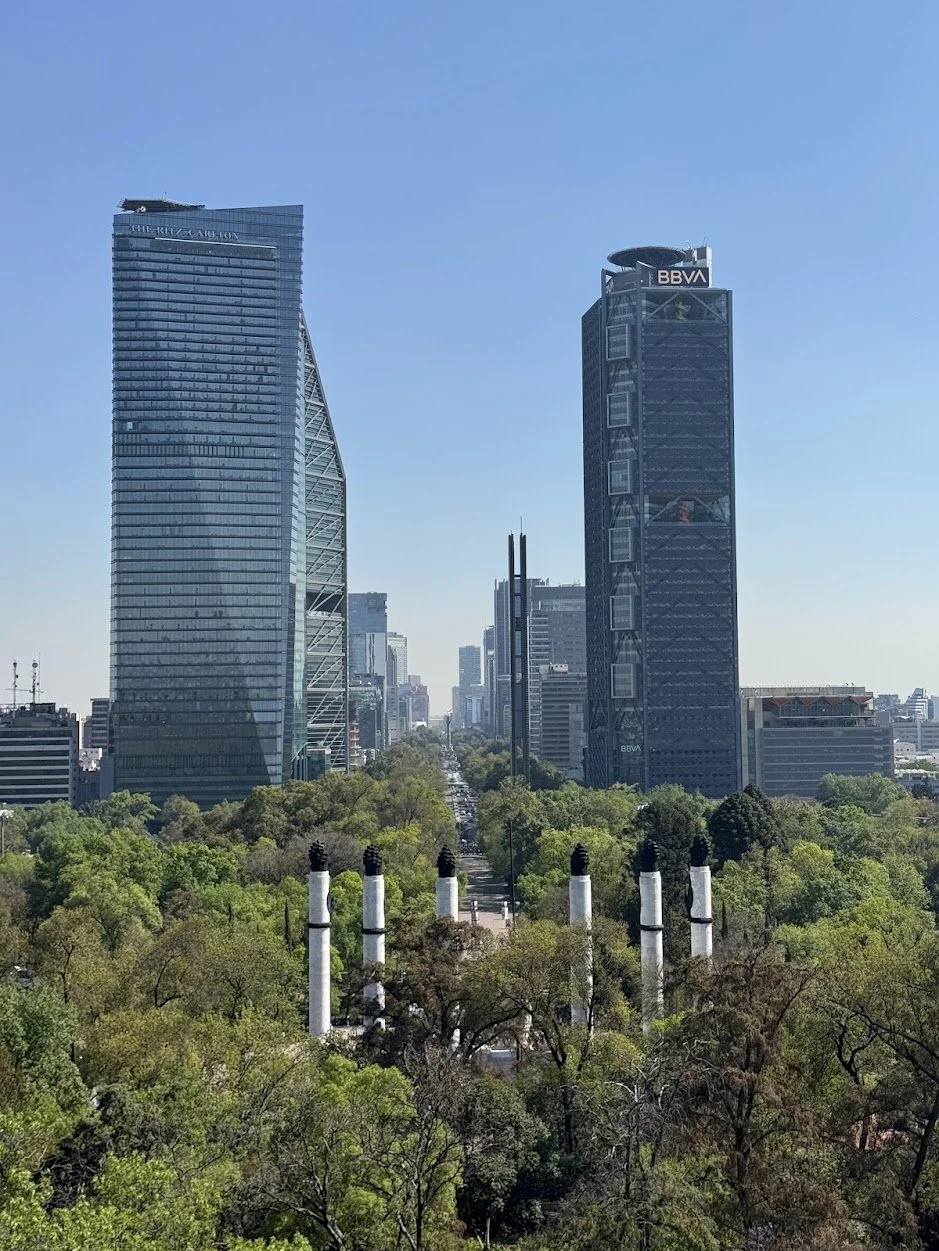











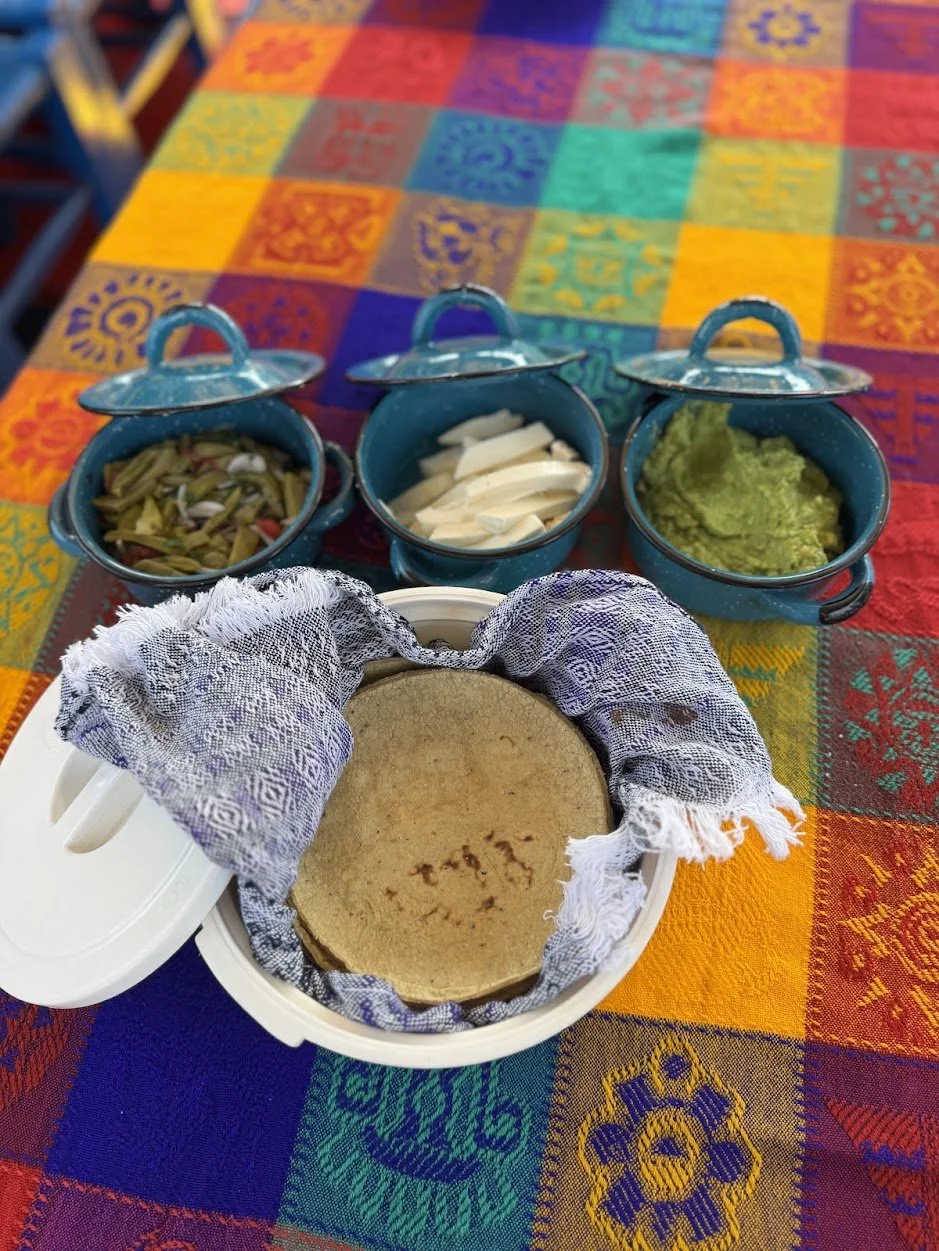
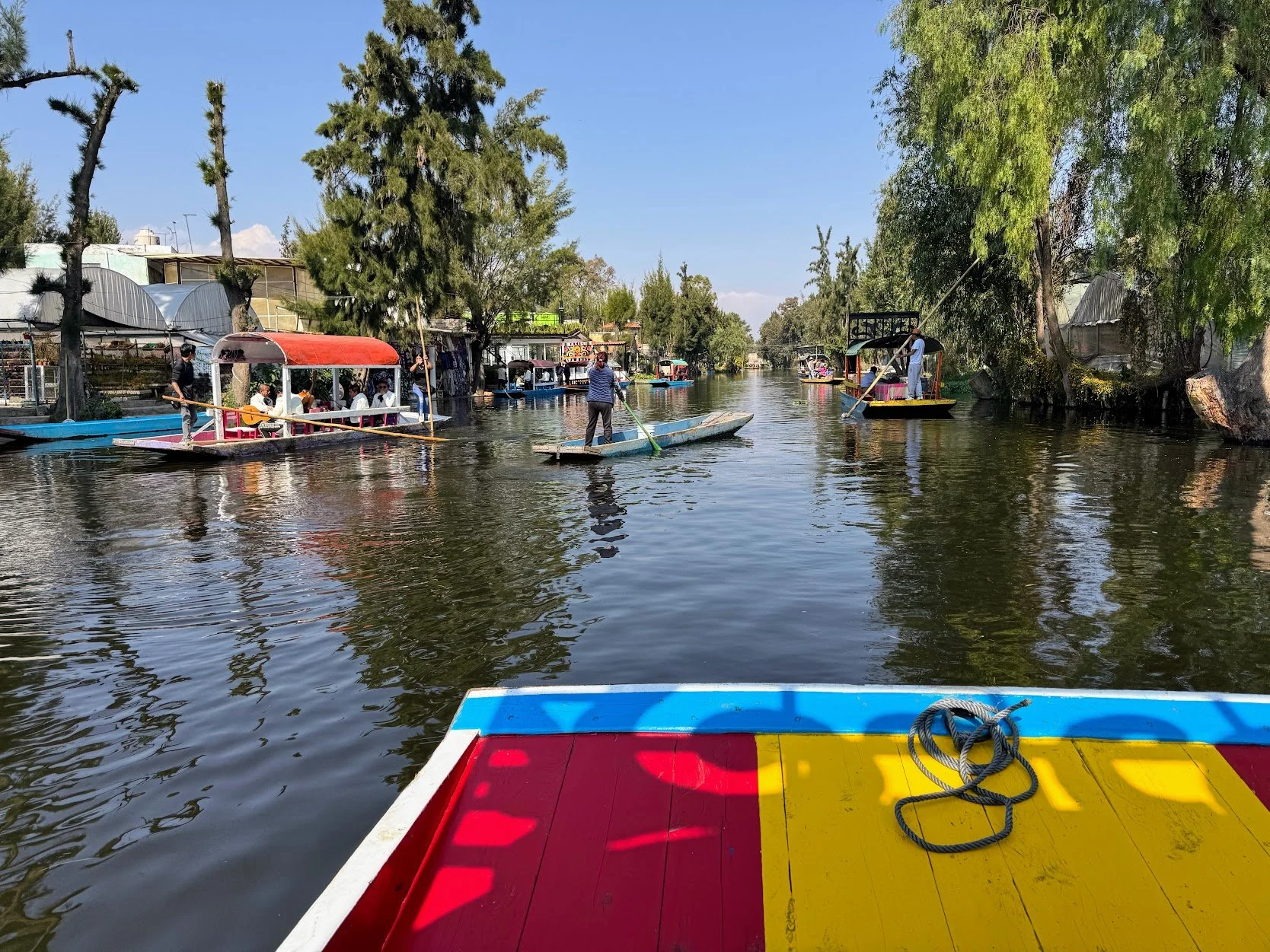

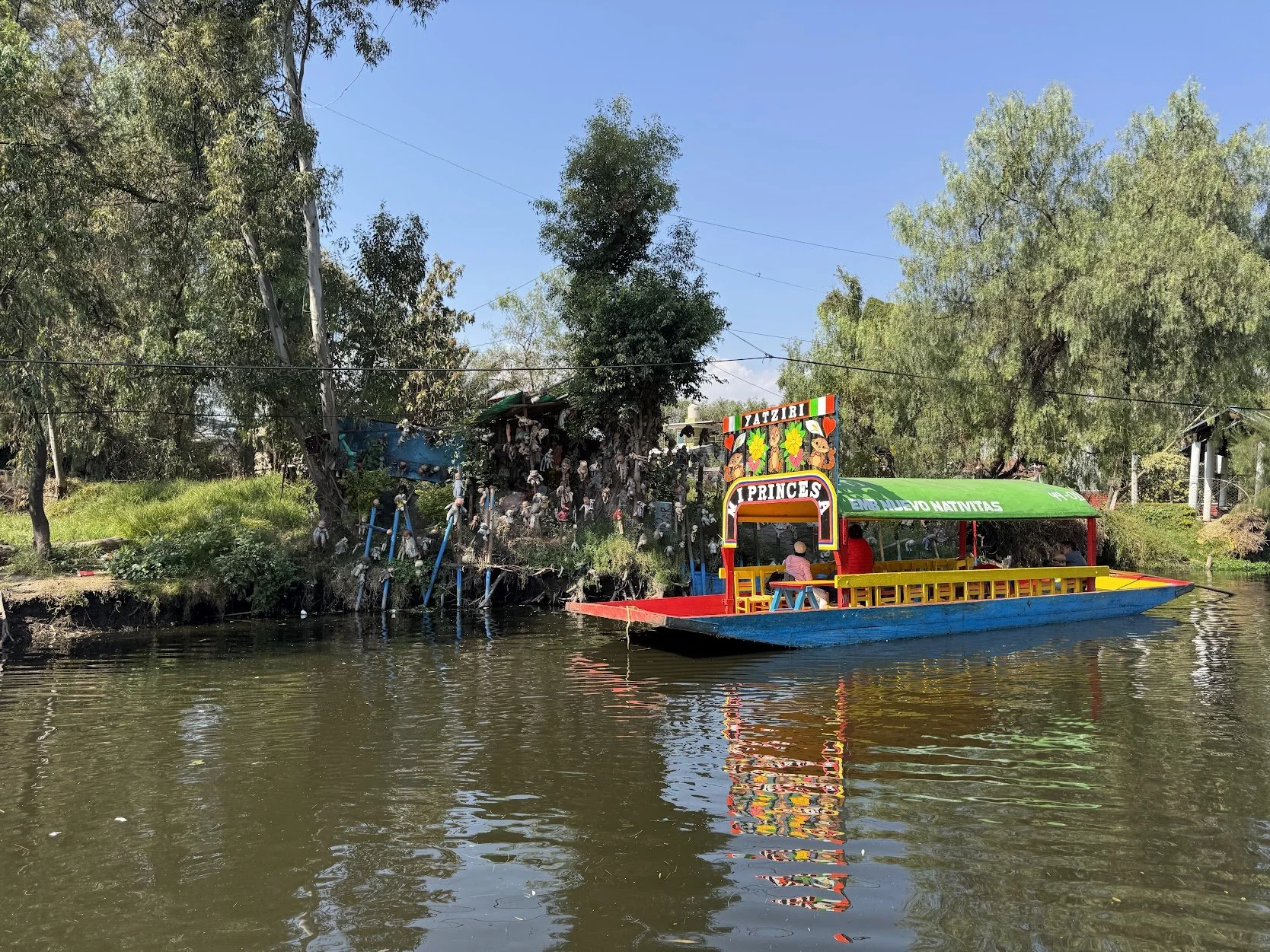

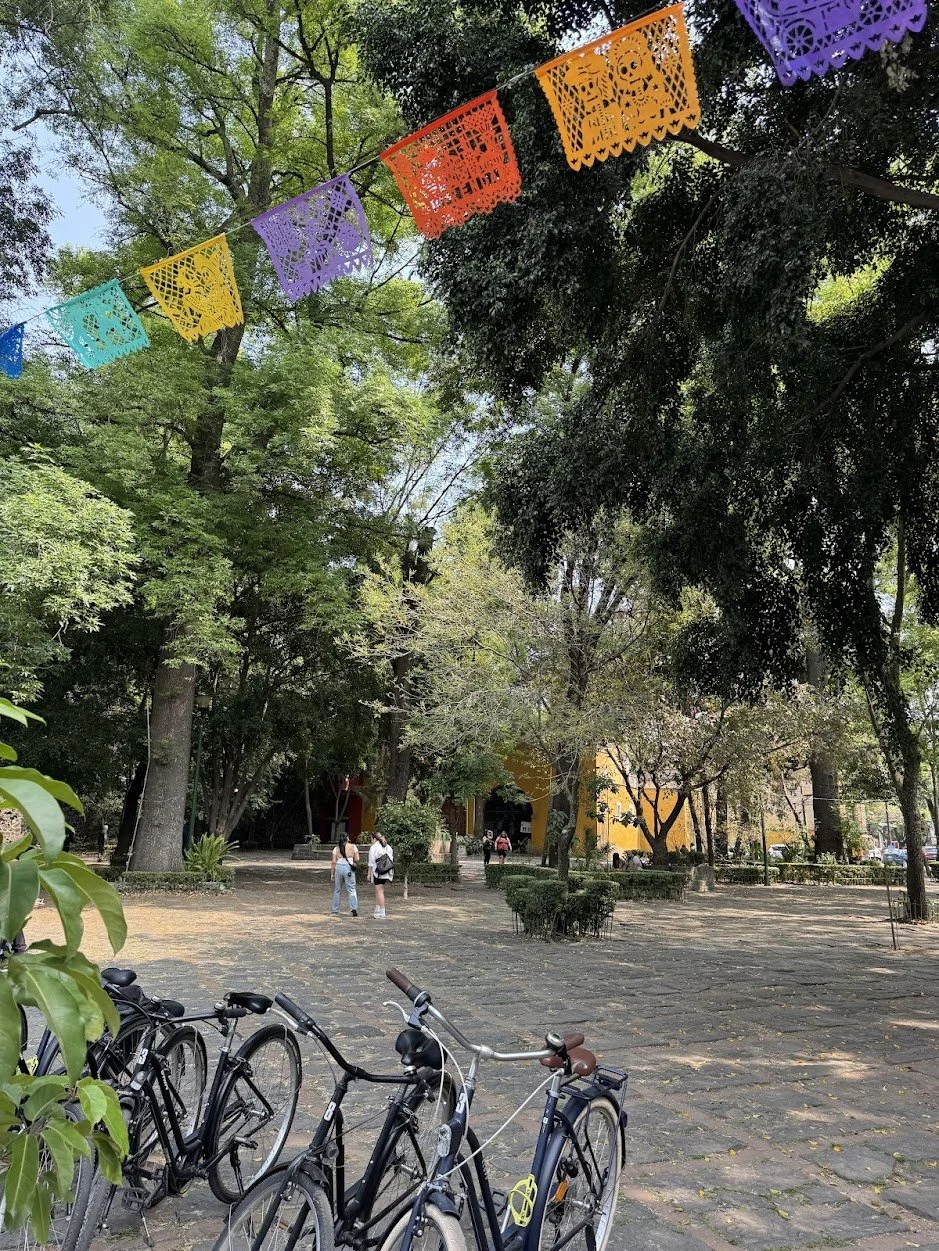





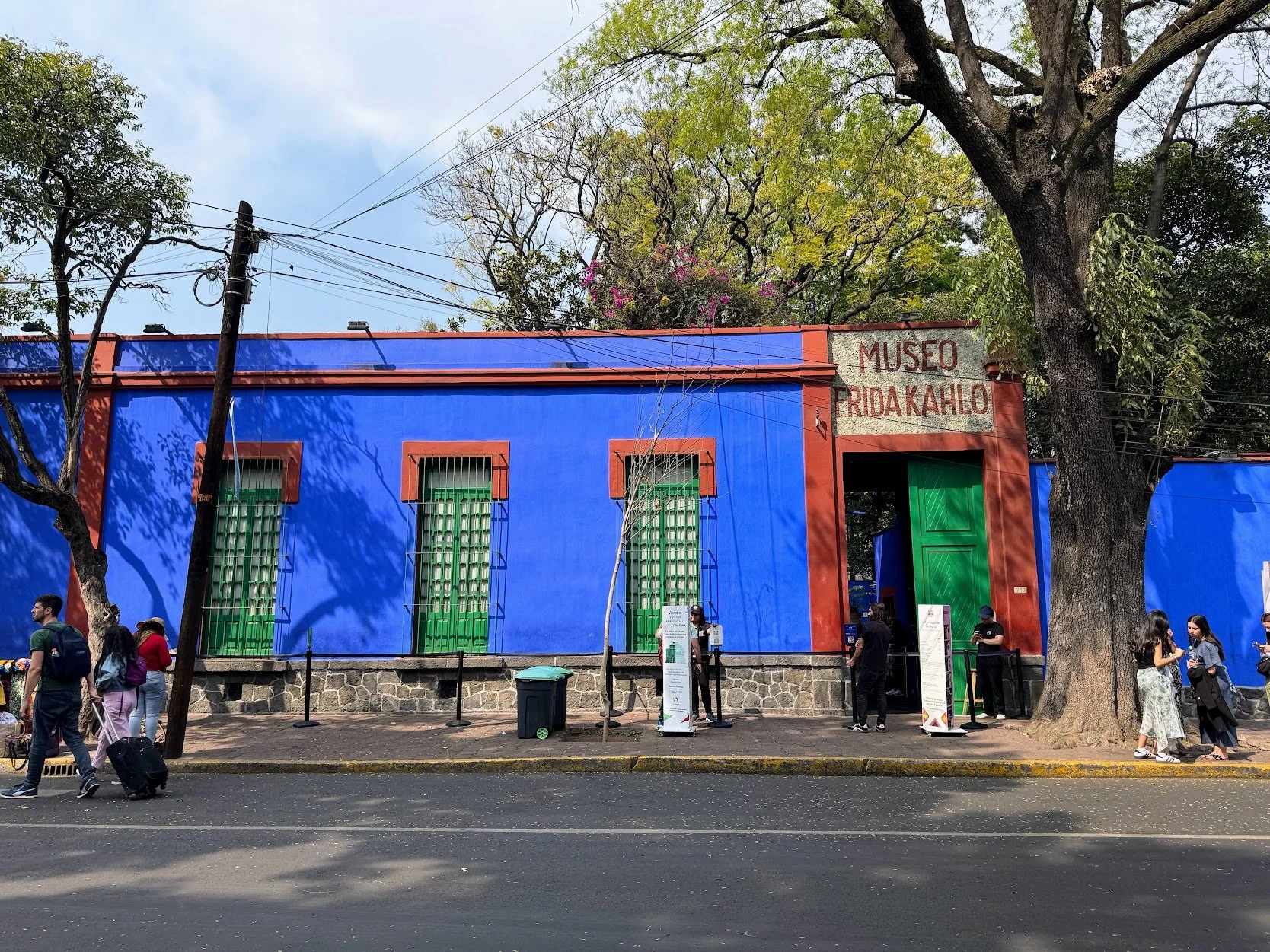
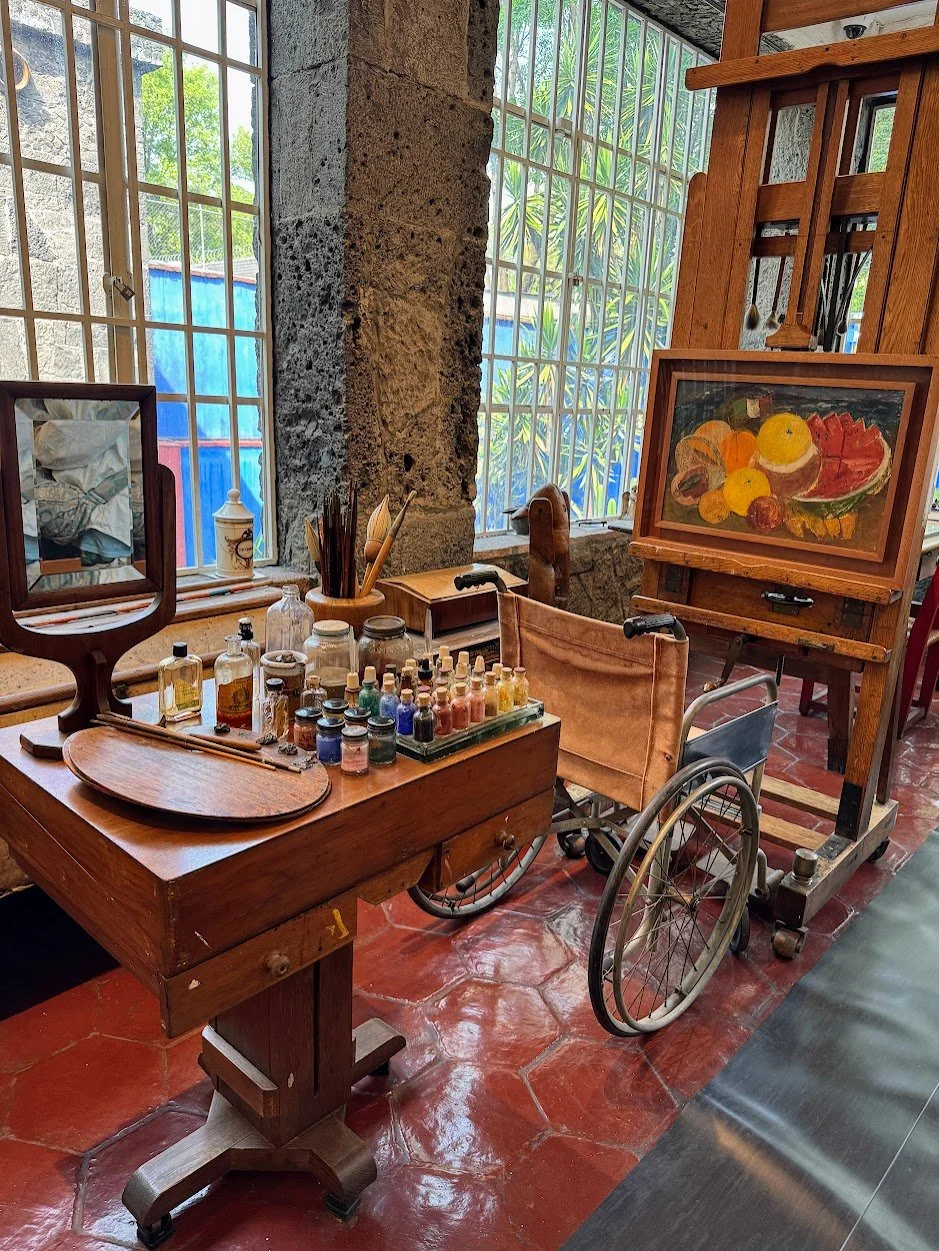



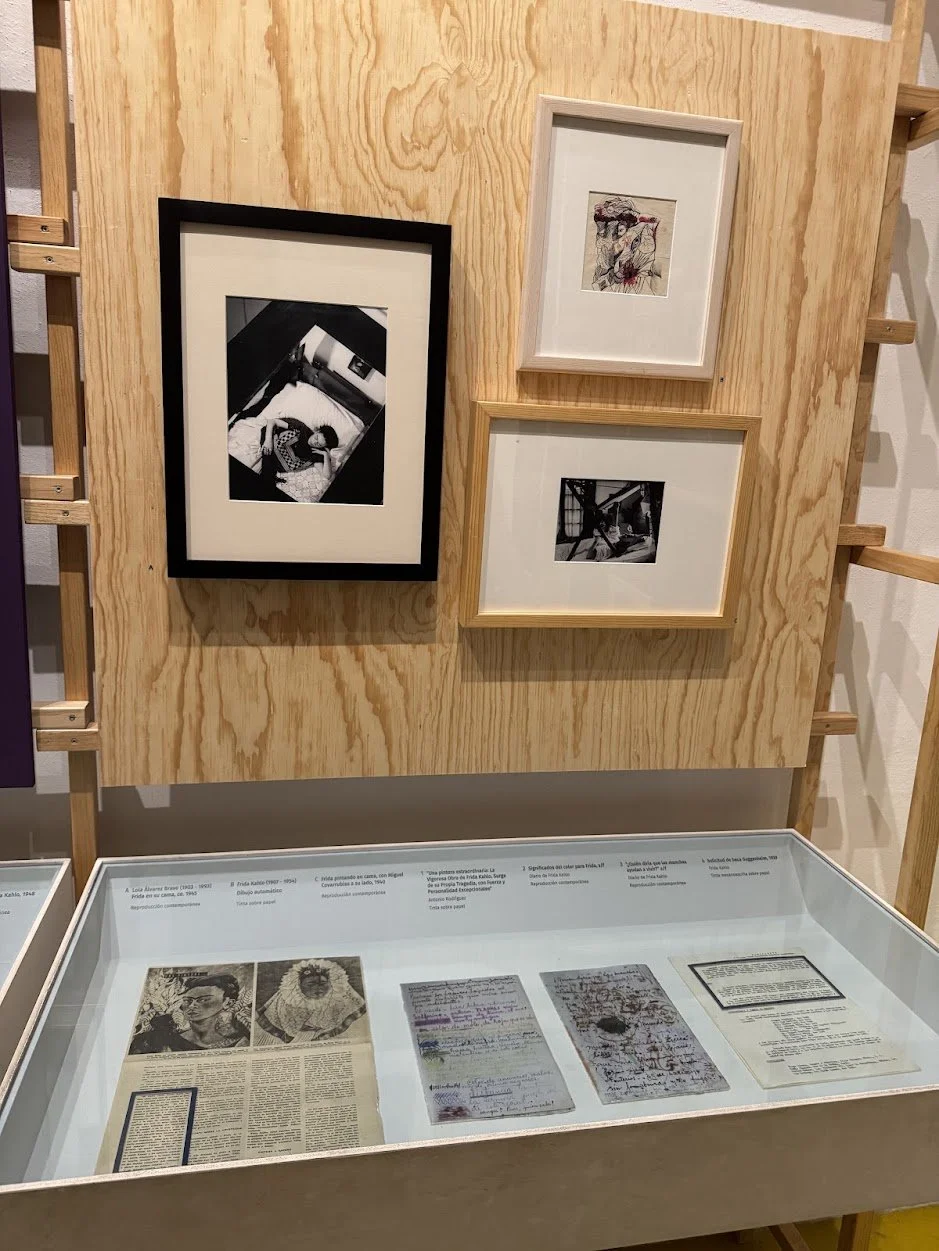



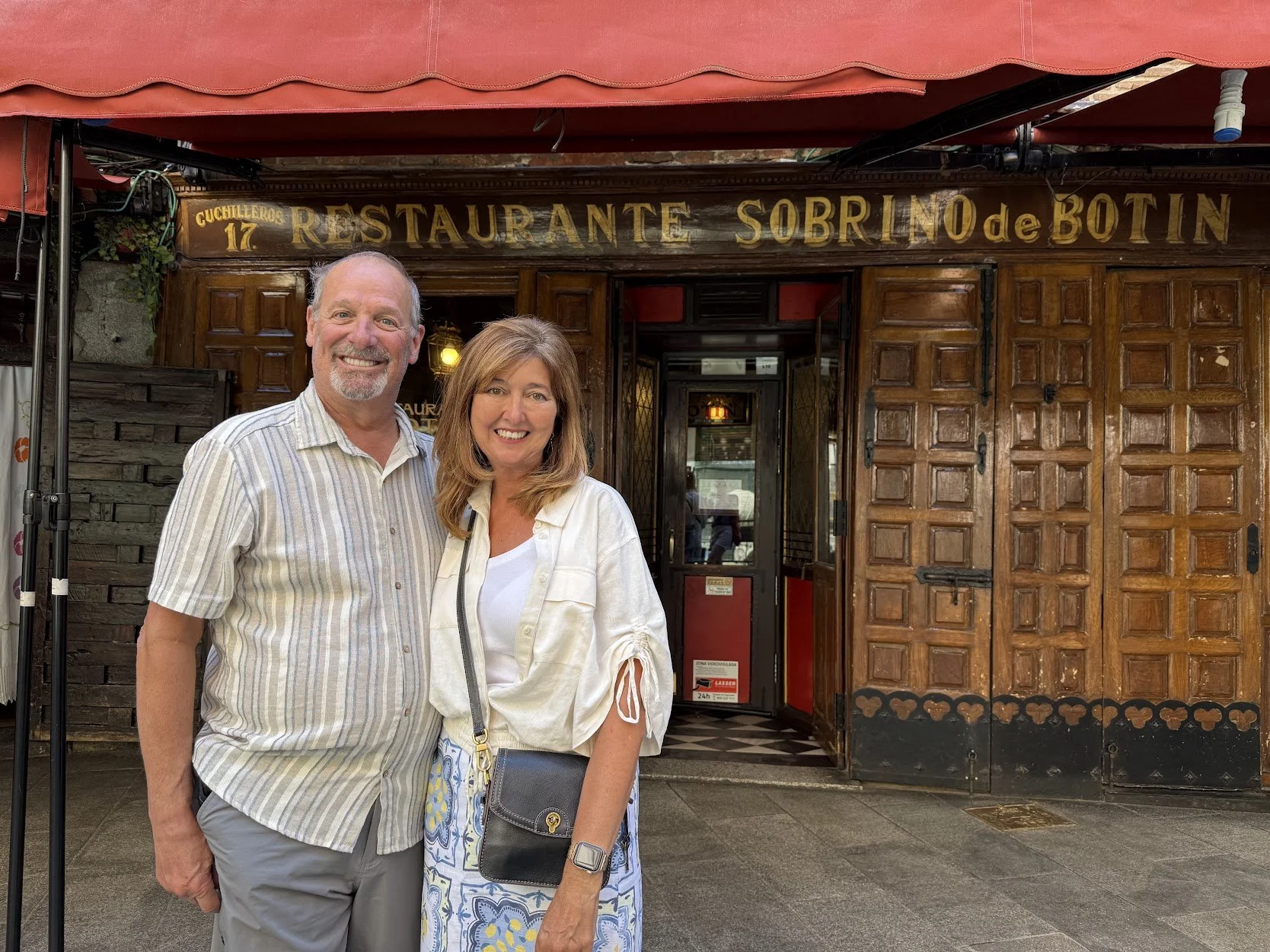
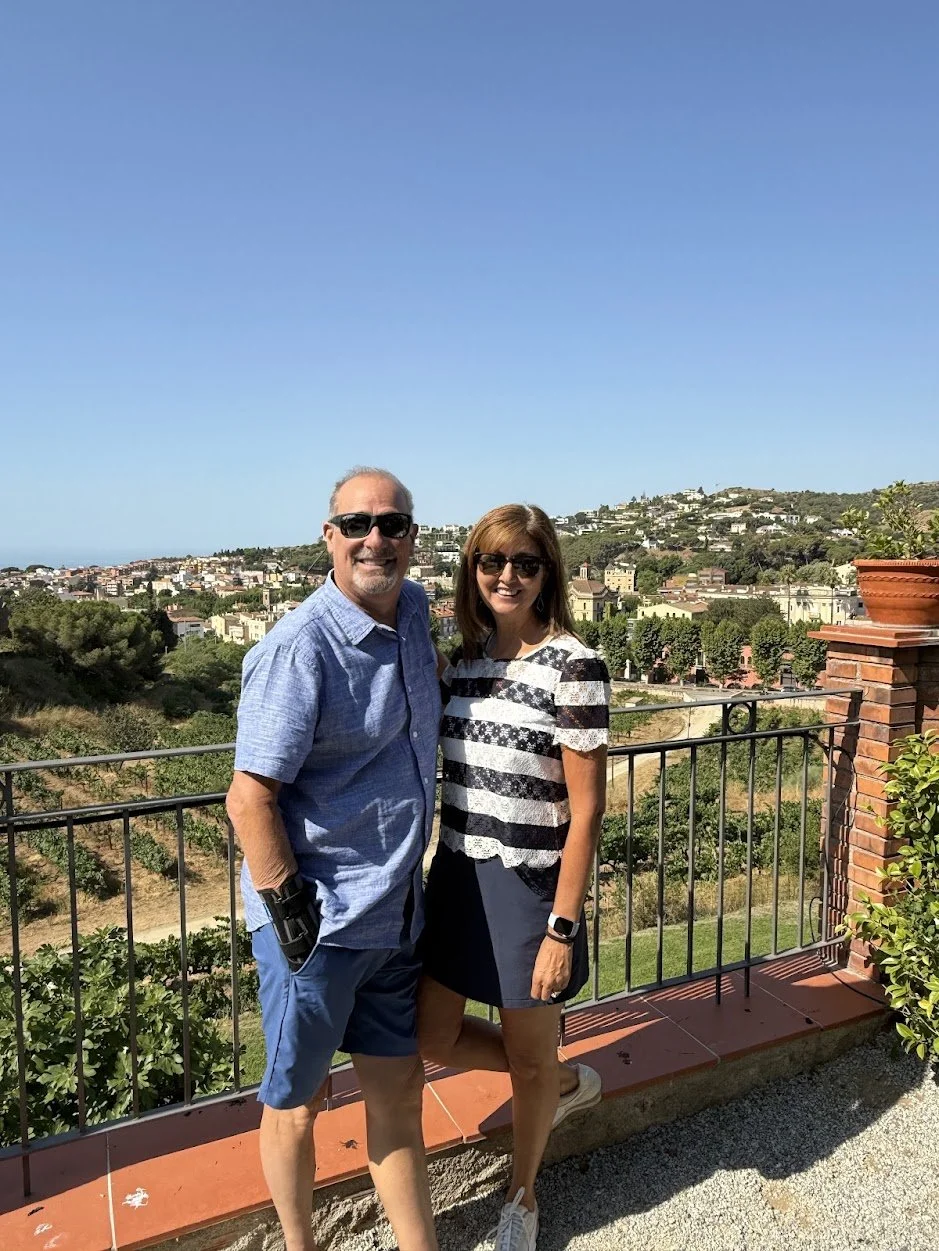

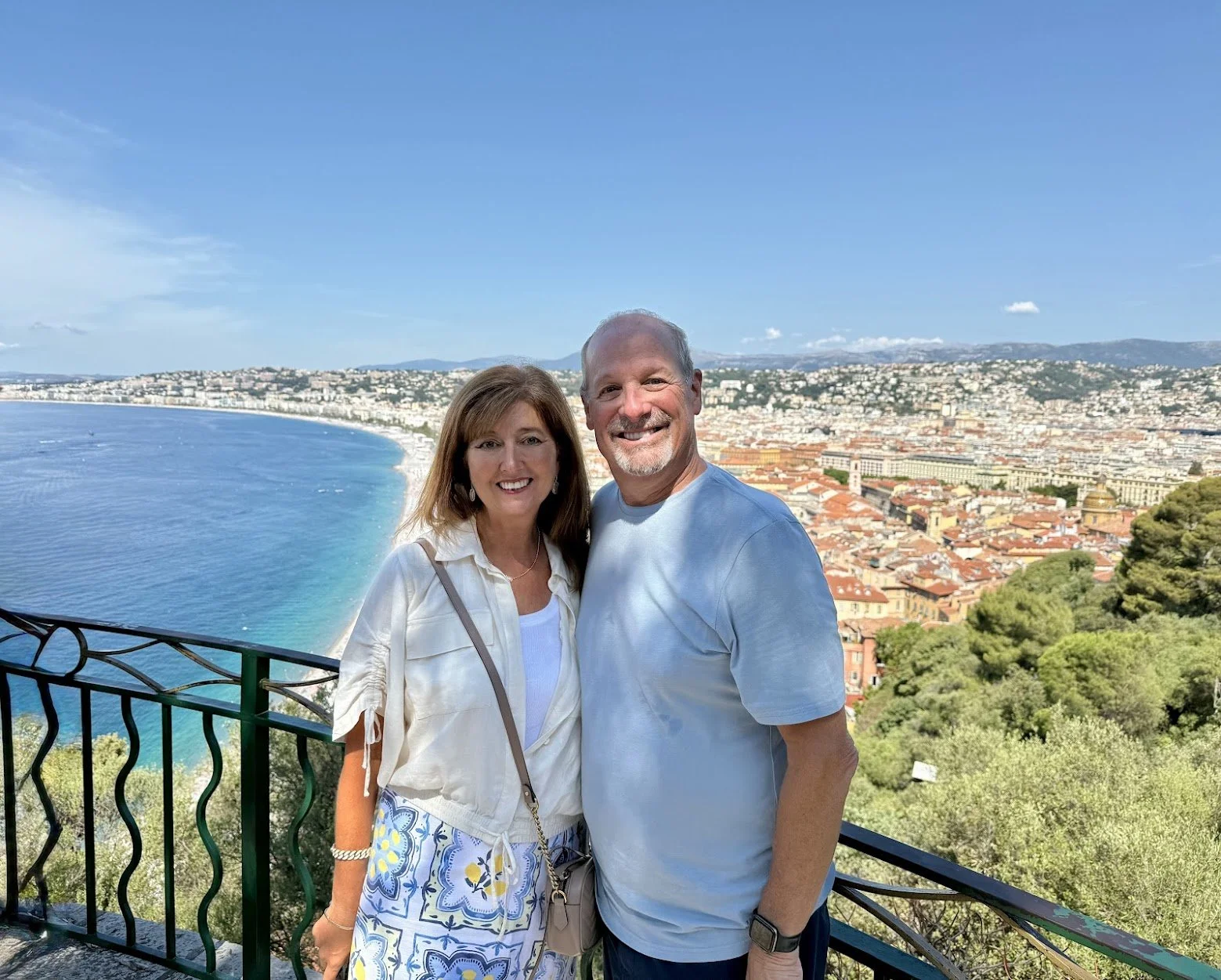
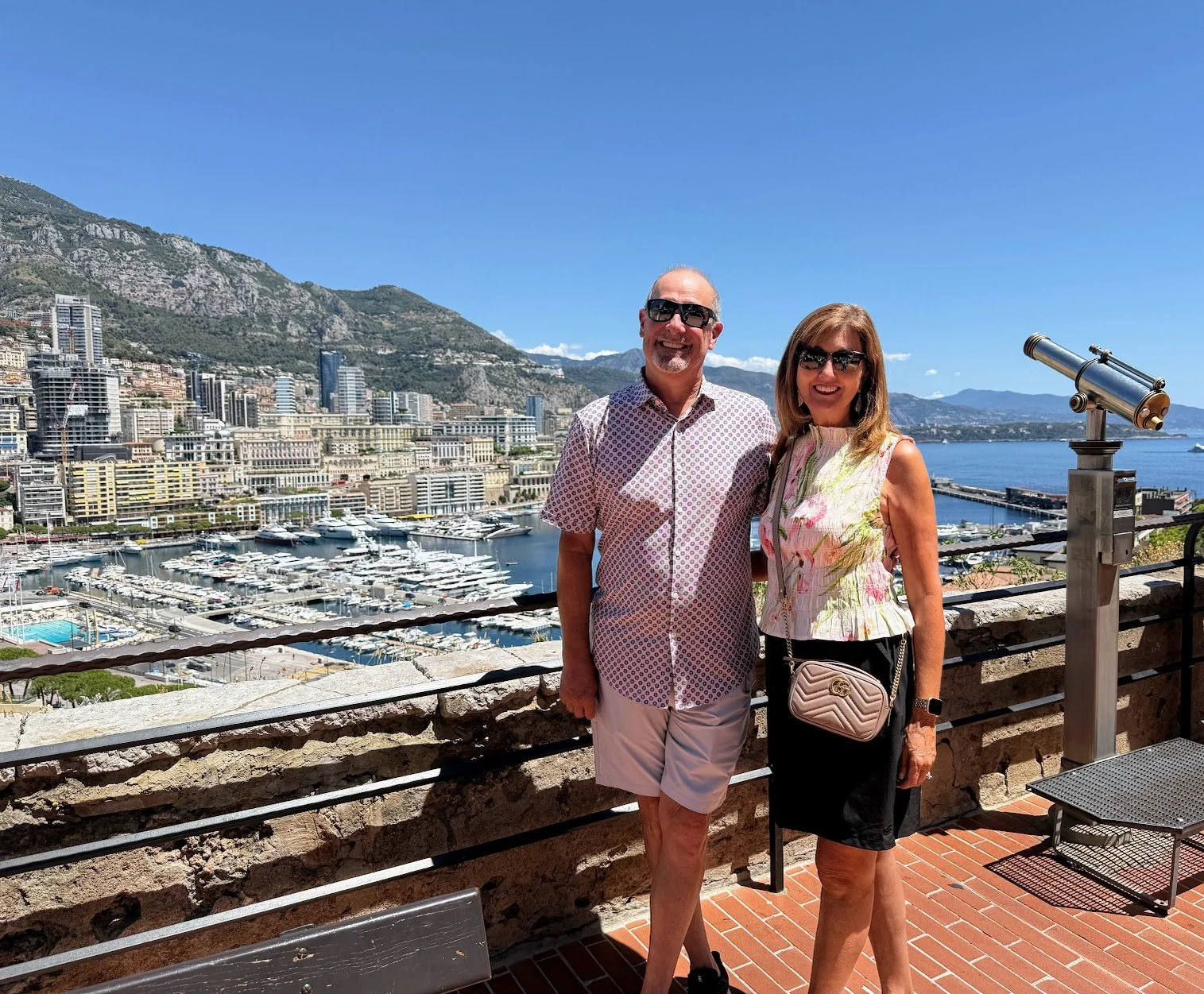




Neuschwanstein a fairy-tale castle, and a view worth the climb.